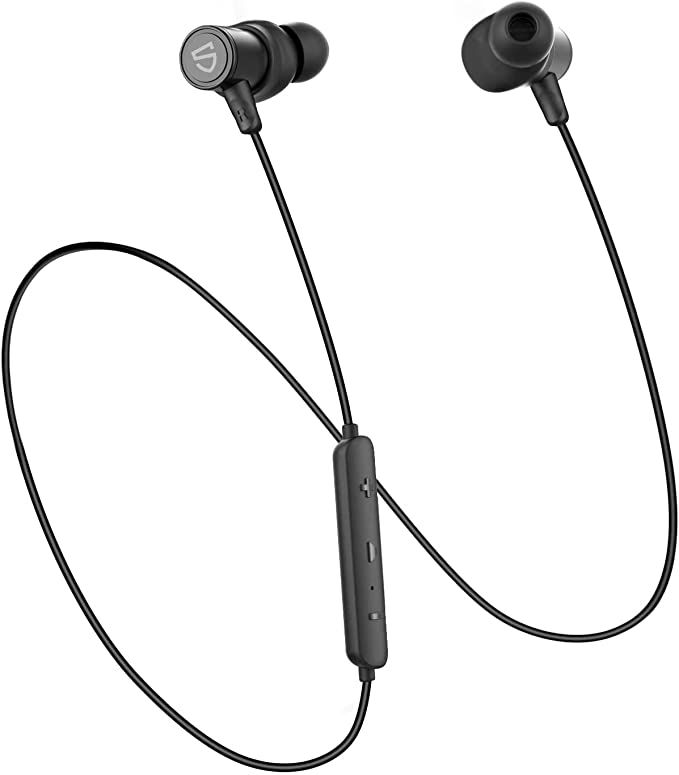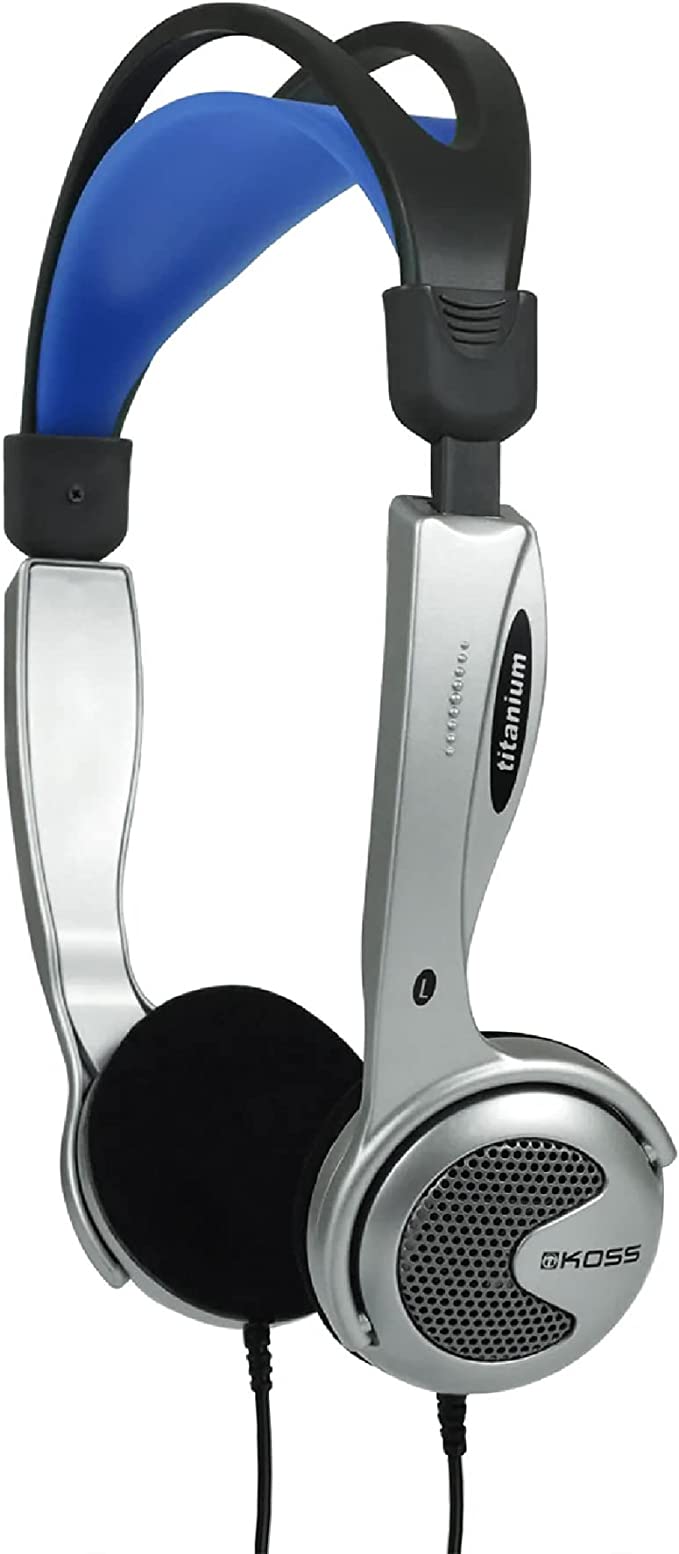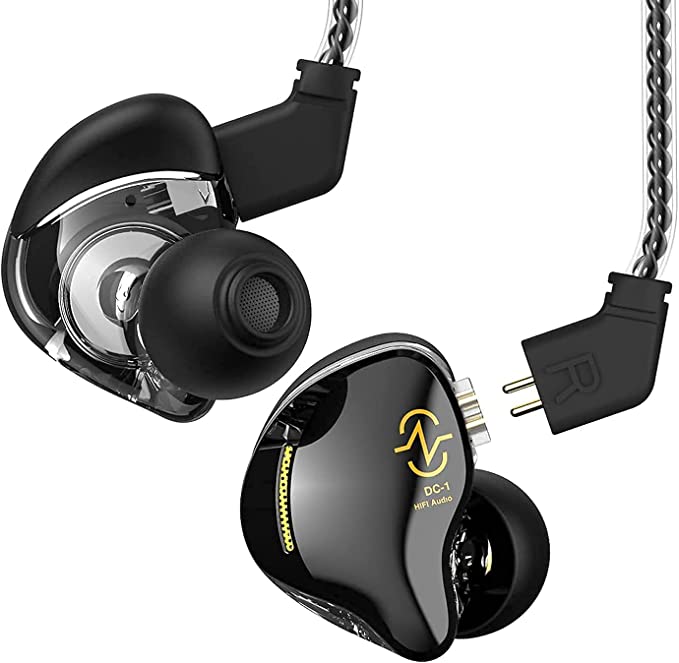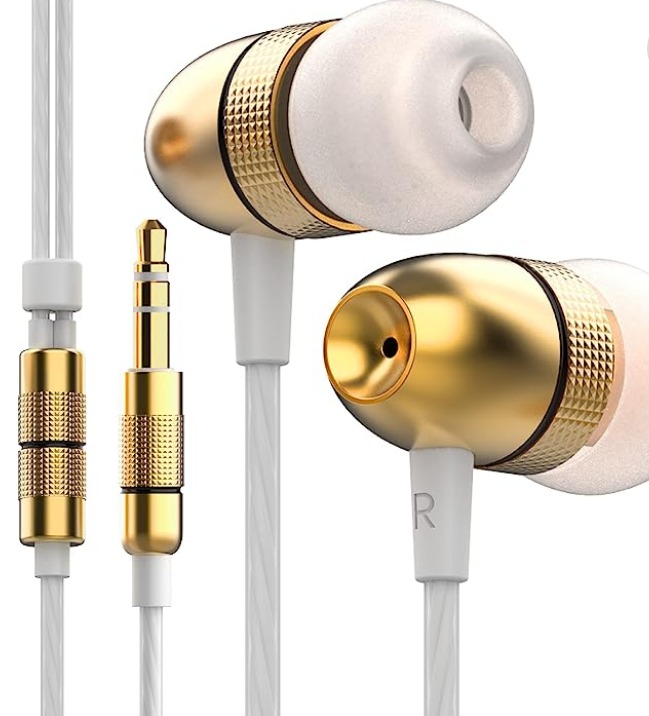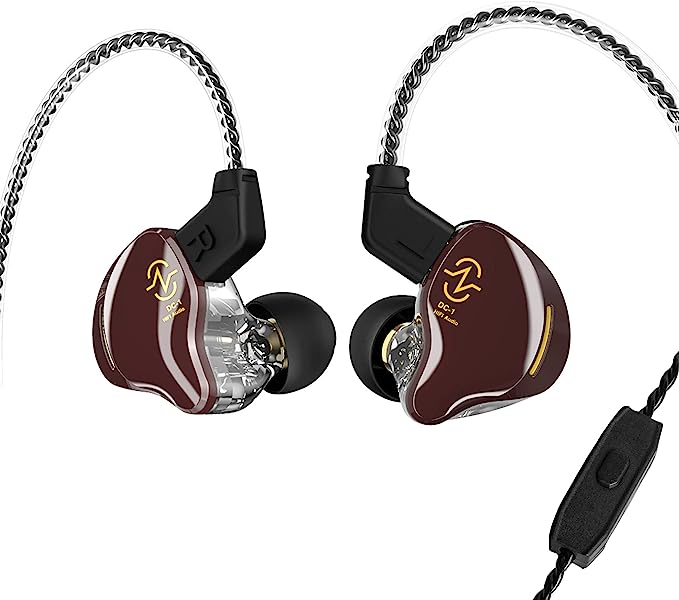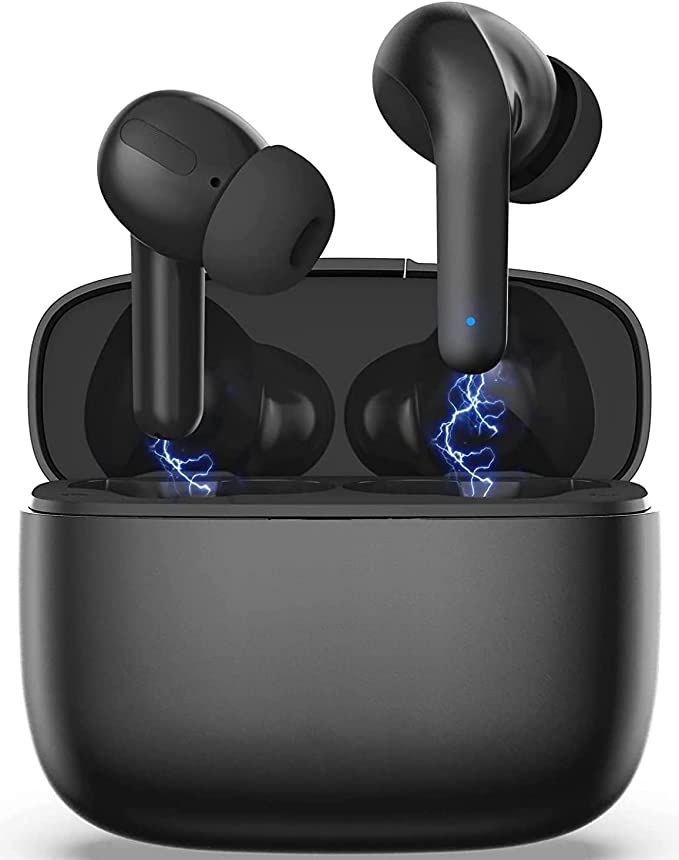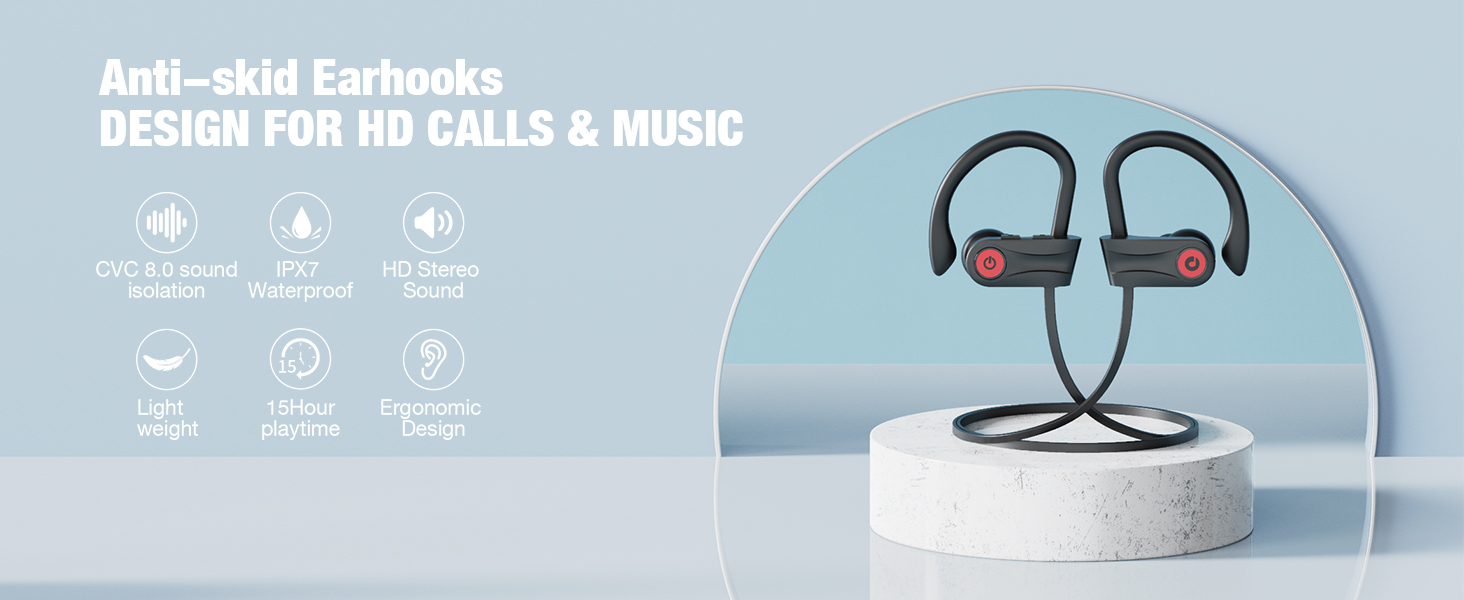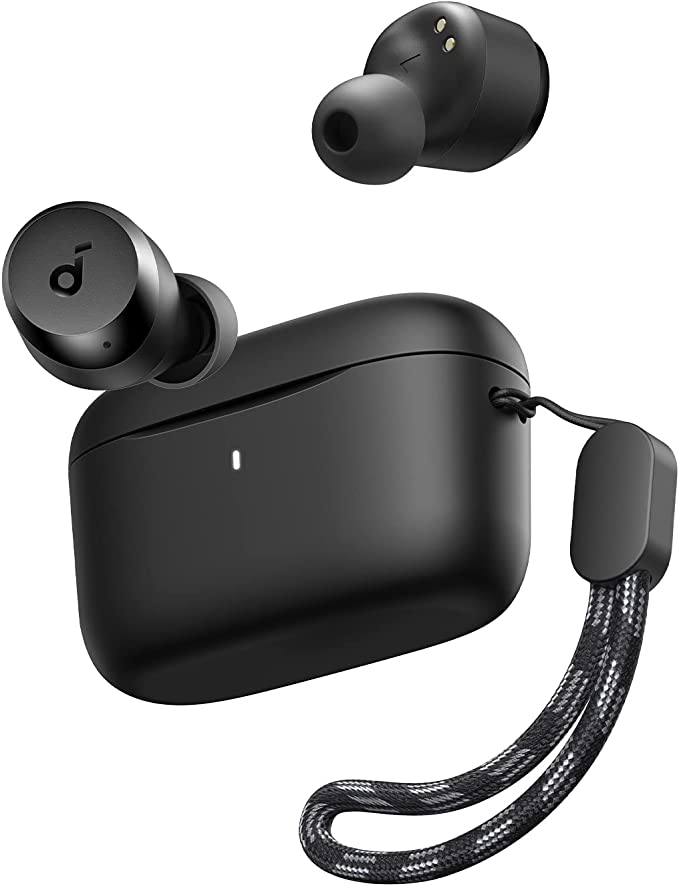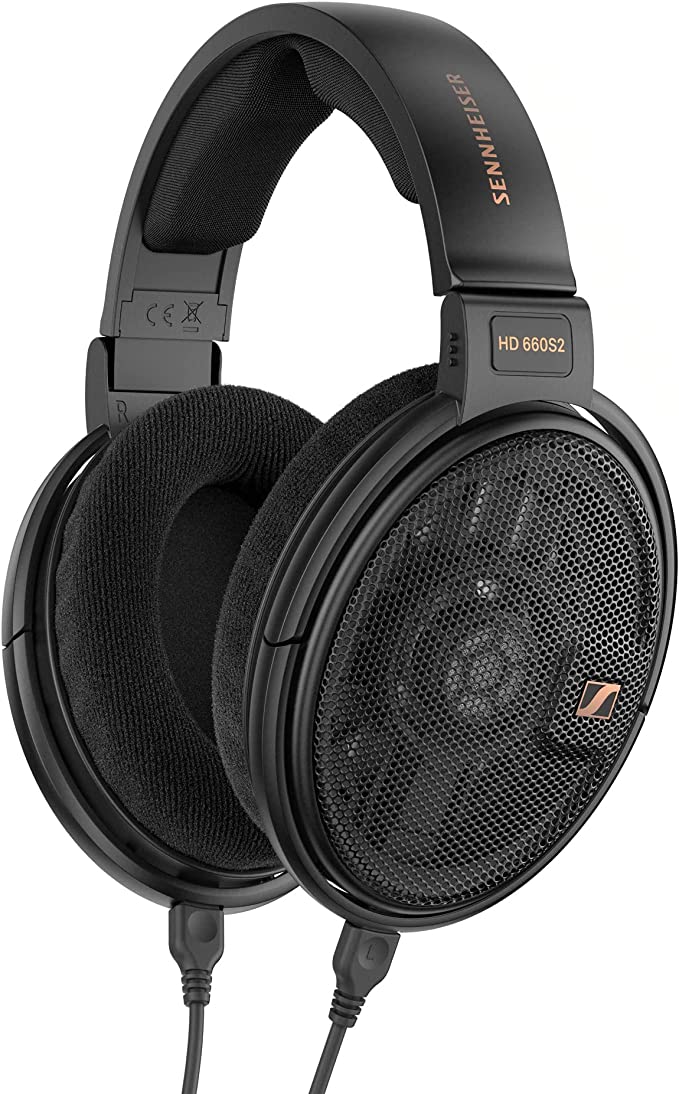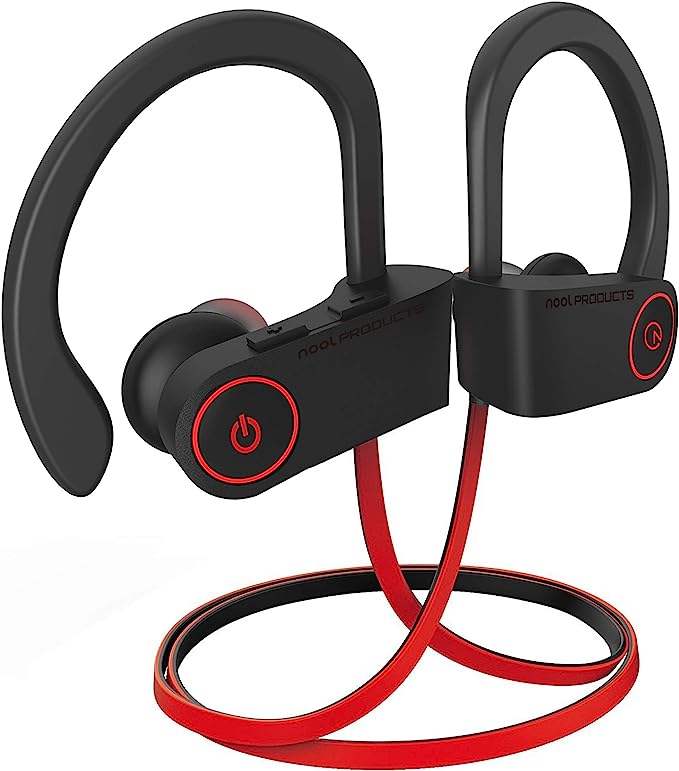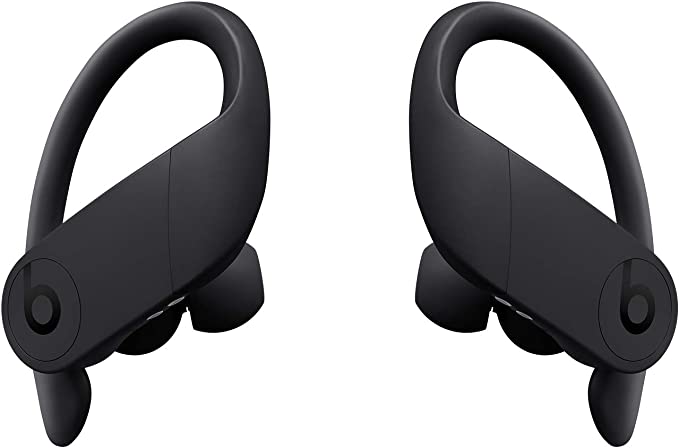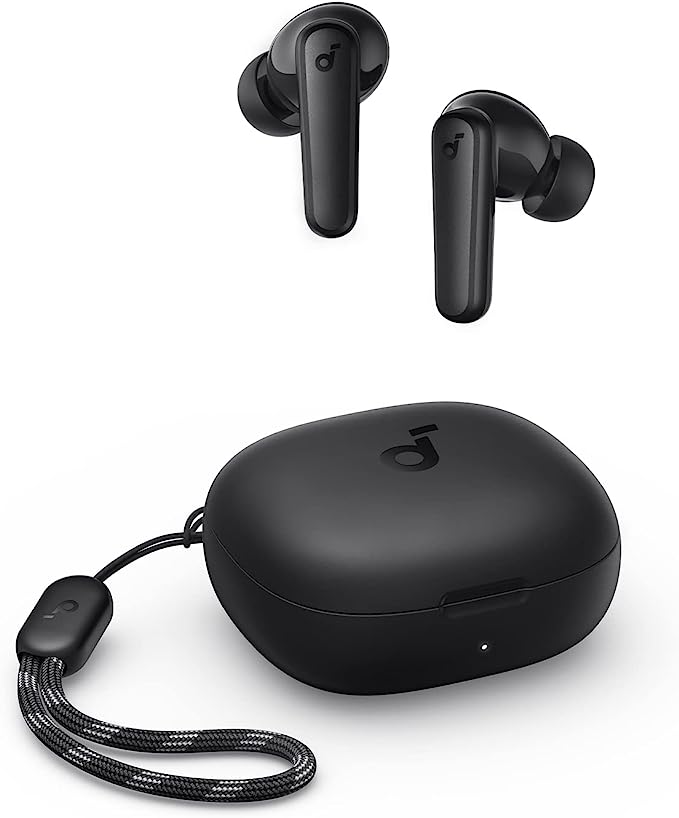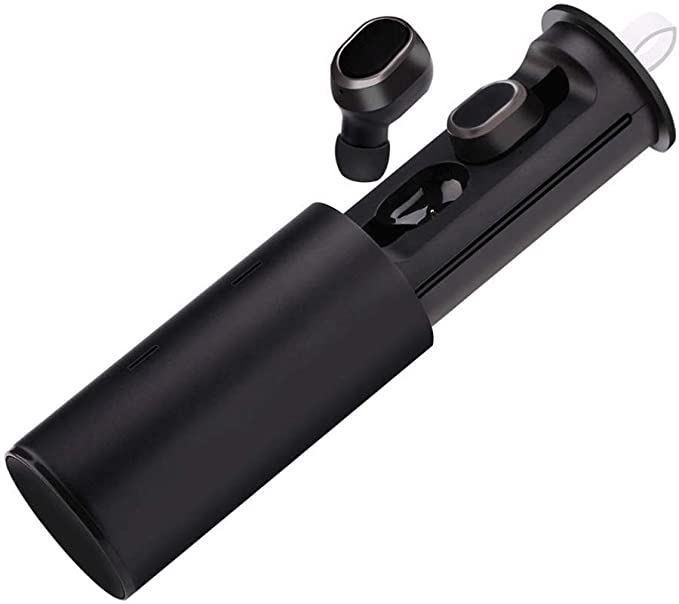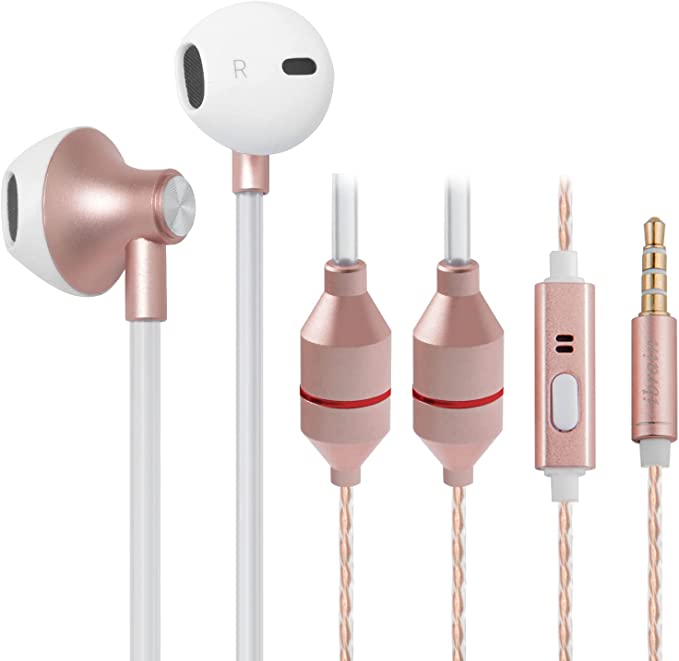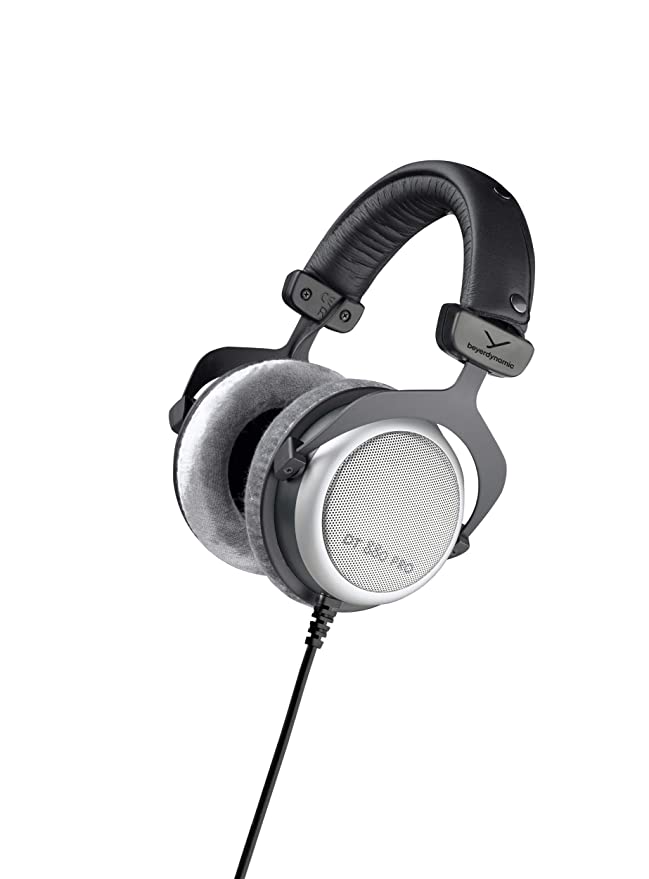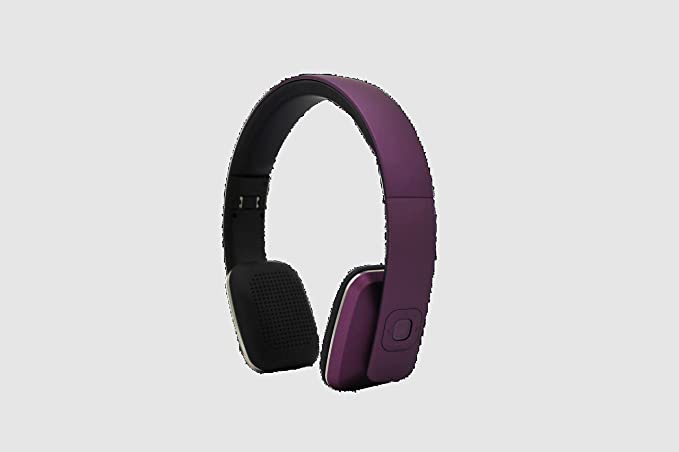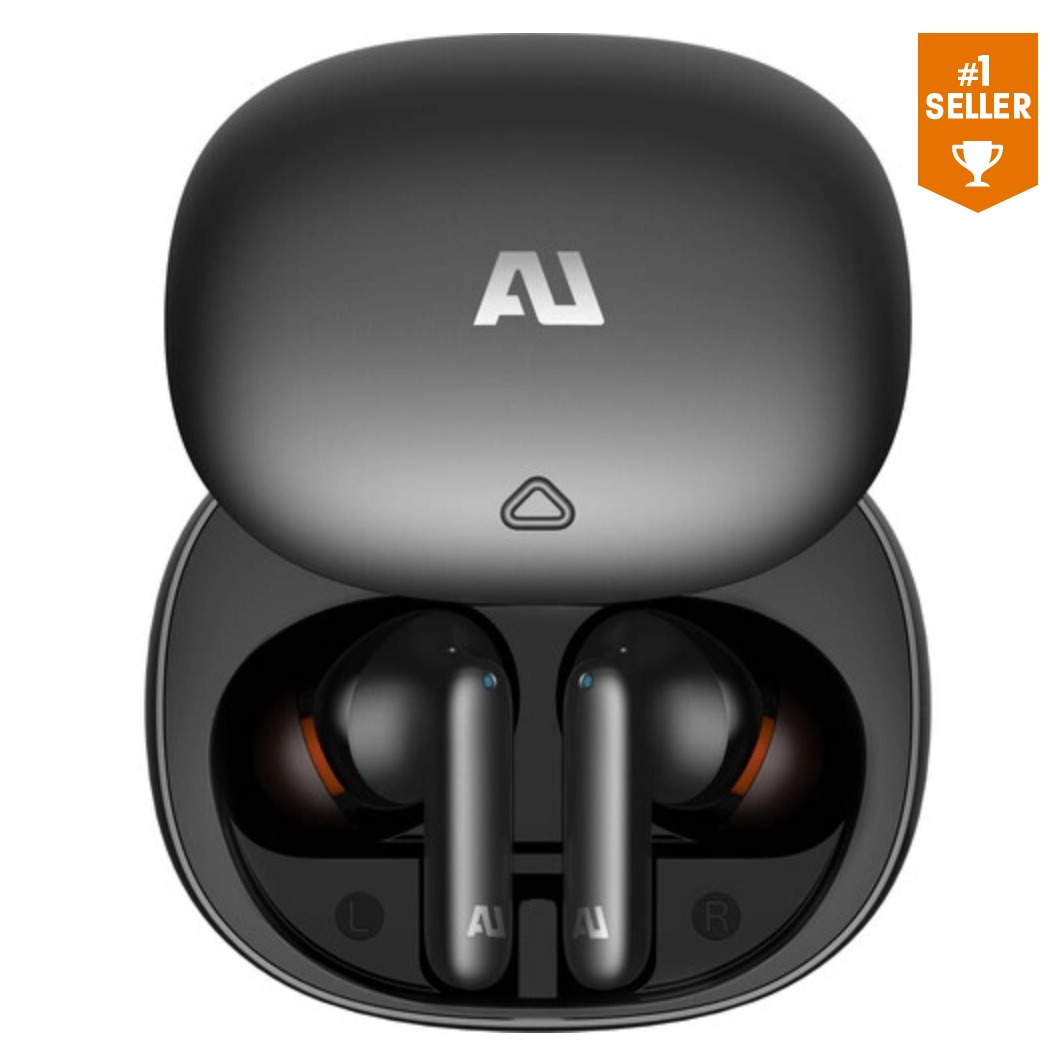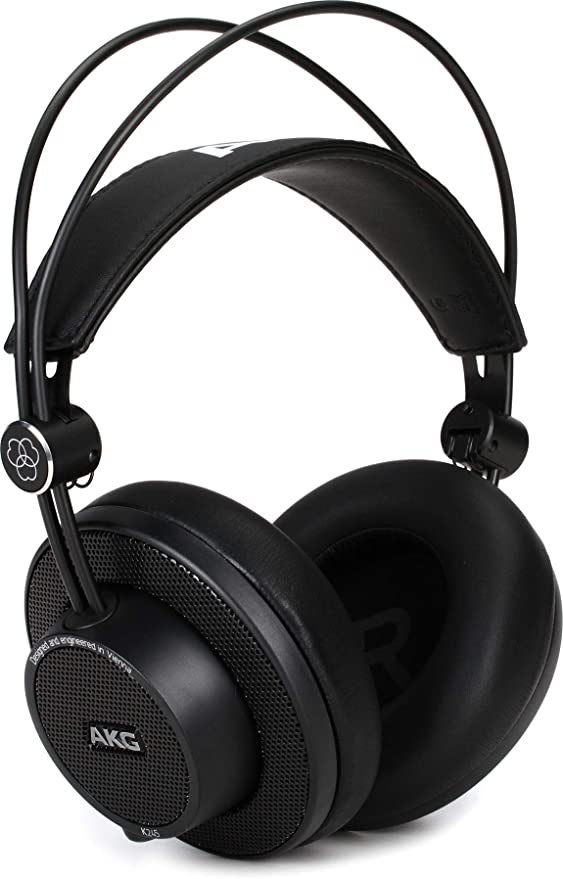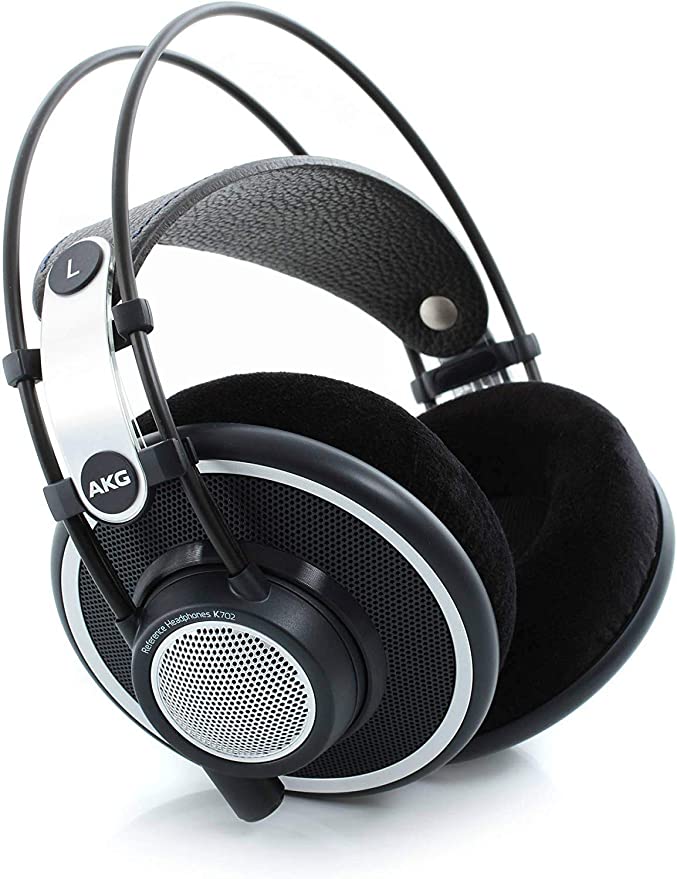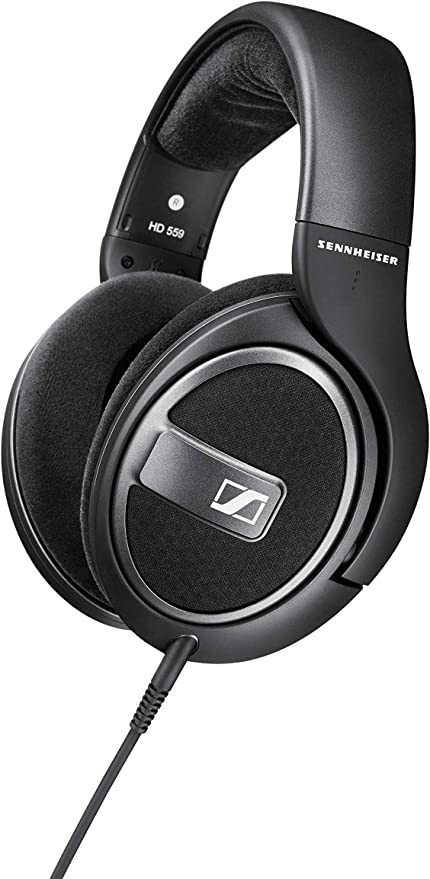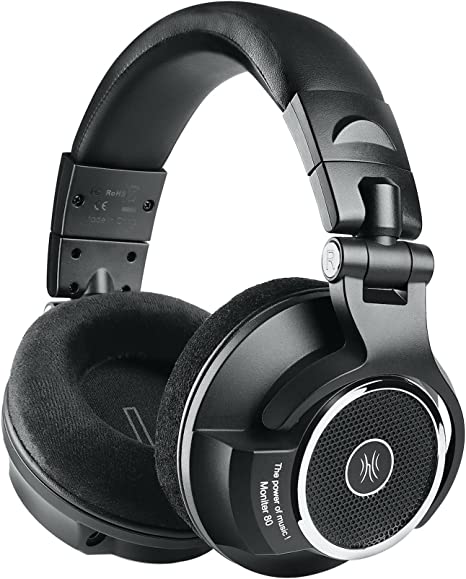The Science of Sound: Why the Koss KSC75 Remains an Audiophile Icon
Update on Oct. 29, 2025, 5:26 p.m.
In the world of audio, progress is often measured by price tags and complex feature lists. We’re taught that better sound requires more intricate technology and, invariably, more money. Yet, every so often, a product emerges that defies this logic so completely it becomes a legend. It’s not just good for the price; it’s a lesson in engineering brilliance.
That product is the Koss KSC75.
For decades, this unassuming pair of ear-clip headphones has been a rite of passage for budding audiophiles and a beloved secret weapon for seasoned veterans. But why? Why does this sub-$20 marvel from a company founded in 1958 still compete with—and often outperform—headphones costing many times more?
The answer isn’t magic. It’s science, applied with remarkable elegance and focus. Today, we’re not just going to review the KSC75. We’re going to take it apart, piece by piece, and explore the core engineering principles that make it an enduring icon. Welcome to your masterclass in high-fidelity audio, where the price of admission is simply your curiosity.

The Core Engine: Deconstructing the KSC75 Driver
At the heart of any headphone is the driver—the tiny engine that converts electrical signals into the sound waves we hear. The quality of this single component is paramount. The KSC75’s driver is a case study in extracting maximum performance from minimal materials, focusing on two key elements: a titanium-coated diaphragm and a powerful neodymium magnet.
The Dragonfly’s Wing: Titanium’s Sonic Signature
Let’s break down the challenge every headphone engineer faces. The driver’s diaphragm—a paper-thin membrane that vibrates to create sound—needs to do two contradictory things perfectly: be incredibly rigid and almost weightless.
- Rigidity is for Clarity: It must be stiff enough to vibrate as a single, piston-like surface without deforming or “buckling.” Any unwanted flexing creates distortion, muddying the sound.
- Lightness is for Speed: It must be light enough to move back and forth thousands of times per second with near-instantaneous speed. This ability, known as transient response, is what allows a headphone to reproduce the sharp, sudden attack of a snare drum hit or the subtle pluck of a guitar string.
This is where the KSC75’s secret weapon comes in: titanium. By applying a microscopically thin coating of titanium to the diaphragm, Koss engineers achieved an exceptional stiffness-to-mass ratio. Think of a dragonfly’s wing—it’s impossibly thin and light, yet incredibly strong, allowing it to move with lightning speed.
This engineering choice is directly responsible for the KSC75’s signature sound: crisp, airy, and detailed high frequencies. The decay of a cymbal, the breath of a vocalist, the delicate harmonics of a violin—these are the sounds that cheap, floppy drivers struggle with, but the KSC75 renders them with a clarity that has no business existing at its price point.

The Unseen Heartbeat: The Power of Neodymium
If the diaphragm is the voice, the magnet is the muscle that controls it. The KSC75 uses neodymium iron boron magnets, which are among the most powerful permanent magnets available for their size.
Imagine an orchestra conductor. A novice conductor might wave their baton with loose, imprecise gestures, resulting in a sloppy, out-of-sync performance. A master conductor, however, commands the orchestra with sharp, authoritative movements, ensuring every musician is perfectly controlled.
The neodymium magnet is that master conductor. Its powerful magnetic field grips the driver’s voice coil with absolute authority. This tight control prevents unwanted vibrations and over-excursion, ensuring the diaphragm moves only as the musical signal dictates. This results in two major benefits:
- Articulate Bass: The bass is punchy and well-defined, not a boomy, uncontrolled mess.
- Clear Midrange: The midrange, where vocals and most instruments live, remains clear and uncongested.
This combination of a fast, light diaphragm and a powerful, controlling magnet is the fundamental formula for the KSC75’s high-fidelity sound. It’s a textbook execution of core acoustic principles.

The Private Concert Hall: Understanding the Open-Back Design
Perhaps the most defining characteristic of the KSC75 is its open-back (or, more accurately, open-air) design. Unlike headphones that create a seal around your ear to block outside noise, the KSC75’s drivers are exposed to the environment. This isn’t a flaw; it’s a deliberate choice rooted in psychoacoustics—the study of how our brain perceives sound.
When you listen to music in a room, you’re hearing more than just the direct sound from the speakers. You’re also hearing thousands of tiny sound reflections bouncing off the walls, ceiling, and floor. Your brain expertly uses these reflections as spatial cues to construct a mental map of the environment, giving you a sense of space and distance.
- Closed-Back Headphones: These seal your ears, eliminating those environmental cues. The sound is injected directly into your ear canal, creating an intense, “in-your-head” listening experience.
- Open-Back Headphones: The KSC75 allows a small amount of sound to escape and interact naturally with the shape of your outer ear (the pinna). This process mimics how we hear sounds in the real world.
The result is a wide, expansive soundstage. This is the illusion that the music is happening around you, not just between your ears. Instruments feel properly separated in space, creating a more immersive and less fatiguing listening experience, much like being in a spacious, airy concert hall instead of a small, soundproof booth.
Of course, this comes with a trade-off: sound isolation is non-existent. They leak sound out, and let environmental noise in. This makes them unsuitable for quiet libraries or noisy commutes, but perfect for home listening, office work, or walking, where situational awareness is a benefit.

A Canvas for Creation: The KSC75 Modding Culture
The ultimate proof of the KSC75’s brilliant engineering isn’t found in a specification sheet, but in the global community of enthusiasts dedicated to modifying it. The KSC75 is treated less as a finished product and more as the audio world’s equivalent of a perfect engine block, ready to be dropped into a custom chassis.
The most common modification involves carefully detaching the driver clips and mounting the drivers onto a more traditional headband, such as the one from the inexpensive Parts Express Mini-Stereo Headphone. Users also frequently swap the stock foam earpads for aftermarket versions, like the popular Yaxi pads, to fine-tune comfort and subtly alter the sound signature.
This vibrant modding culture is the highest praise possible. People don’t invest time and effort into modifying something that is merely “good for the price.” They do it because they recognize that the acoustic engine at the core of the KSC75 is genuinely exceptional—a canvas worthy of their creativity.

An Enduring Lesson in Engineering
The Koss KSC75 is more than a headphone. It is a masterclass in focused design, a powerful reminder that true innovation lies in a deep understanding of fundamental principles, not in adding more features. It scoffs at the idea that great sound must be expensive.
By combining a light, stiff titanium-coated driver for detail, a powerful neodymium magnet for control, and an open-air design for a natural soundstage, Koss created a product that is far greater than the sum of its humble parts. It is a triumph of thoughtful science over brute-force spending, an enduring piece of engineering that continues to prove that the most beautiful sound often comes from the most honest of designs.




